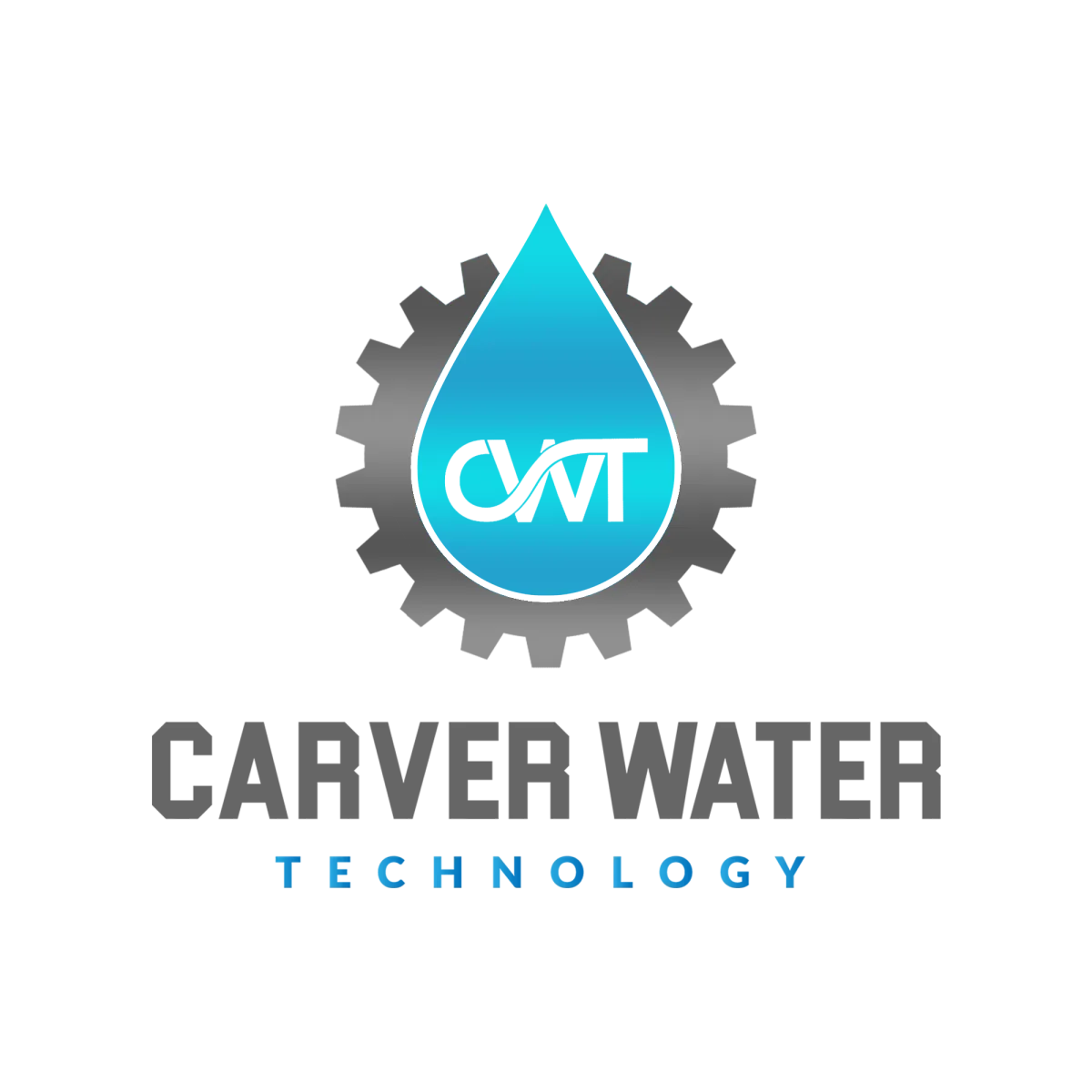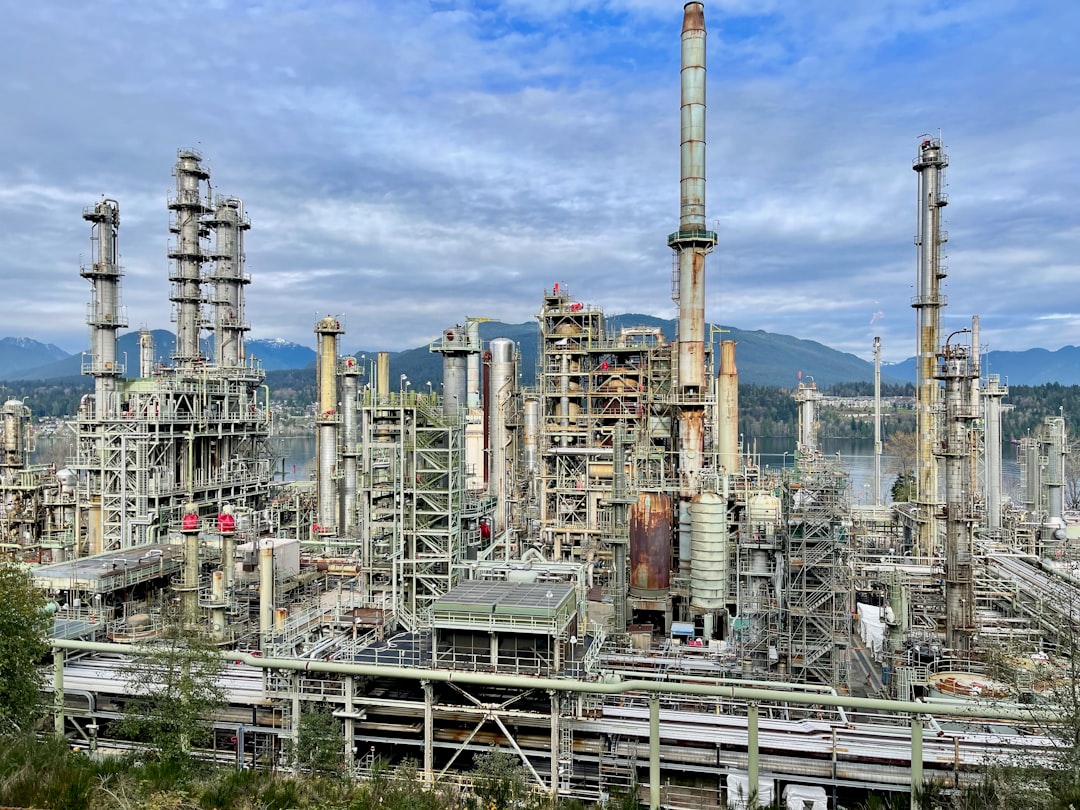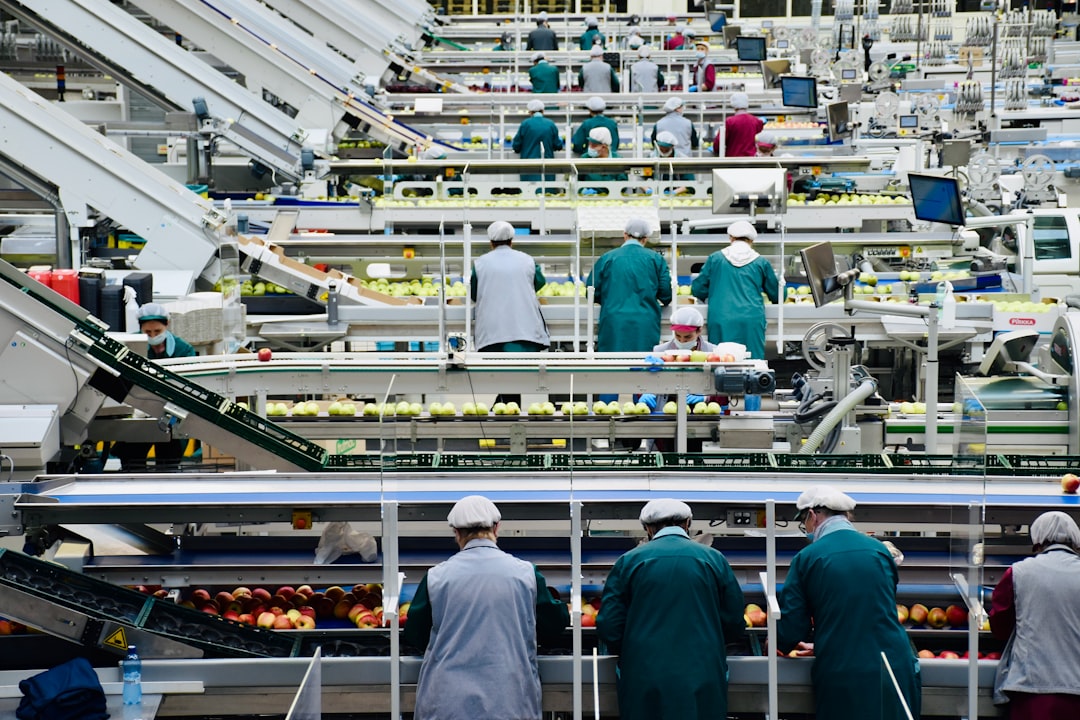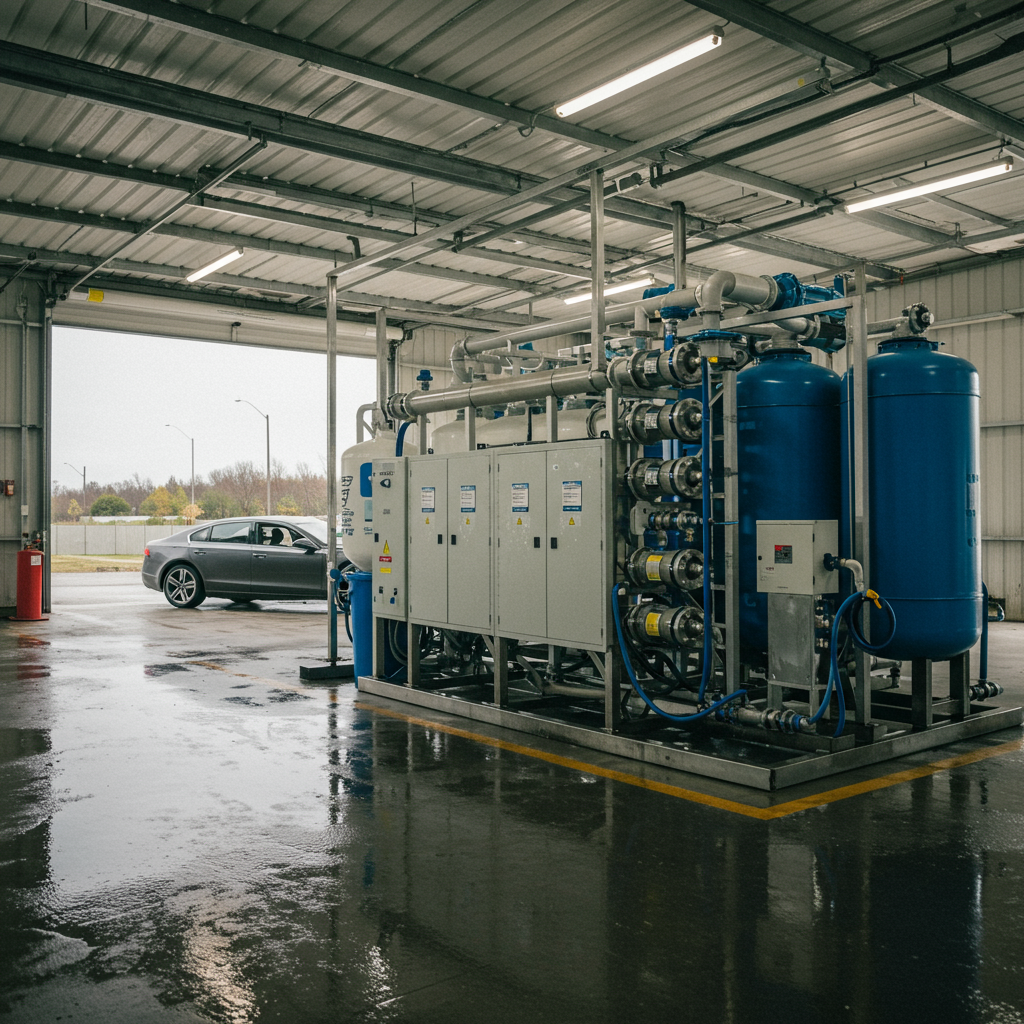Reverse Osmosis
Carver Water Is Tampa's Premier RO Design, Installation & Service Provider
From compact 2,500 GPD commercial units and 144,000+ GPD containerized desalination systems, to custom designed solutions. We engineer, install, and maintain membrane systems across Florida and worldwide.
Water Treatment
Solutions
Expert Contaminant Removal In The US and The Caribbean
When water quality threatens operations, compliance, or safety, Carver Water Technology delivers proven solutions. From municipal utilities to industrial facilities, we've built our reputation on eliminating contaminants that disrupt business, damage equipment, and violate drinking water standards.
Based in Tampa with coverage across the Southeastern United States and the Caribbean, our team of water treatment professionals responds to your water challenges with the same urgency you face—because we know that in your business, water problems don't wait.
What is Reverse Osmosis?
How RO Works:
Applied pressure overcomes osmotic pressure
Semi-permeable membranes reject 95-99% dissolved contaminants
Produces high-purity water with TDS <10 mg/L
What RO Removes:
Dissolved salts and minerals (TDS reduction)
Heavy metals (lead, arsenic, chromium, mercury)
Nitrates and phosphates
PFAS and emerging contaminants Learn More About PFAS
Organic compounds and VOCs
Bacteria and viruses (with proper membranes)
RO vs Other Technologies:
When to use RO vs water softeners
RO vs ion exchange
RO vs nanofiltration
When RO + DI is required Learn More About Deionization
Operating Principles:
Pressure requirements (150-400 PSI brackish, 800-1,200 PSI seawater)
Recovery rates and concentrate management
Pretreatment requirements
Energy considerations
Interested to Learn More about Water Treatment and RO Pre-treatment?
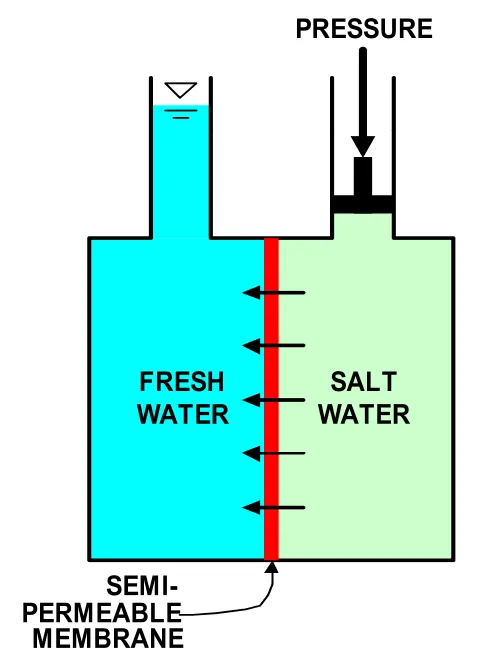
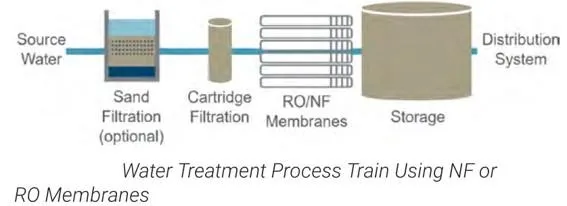
Industries That Demand RO Water
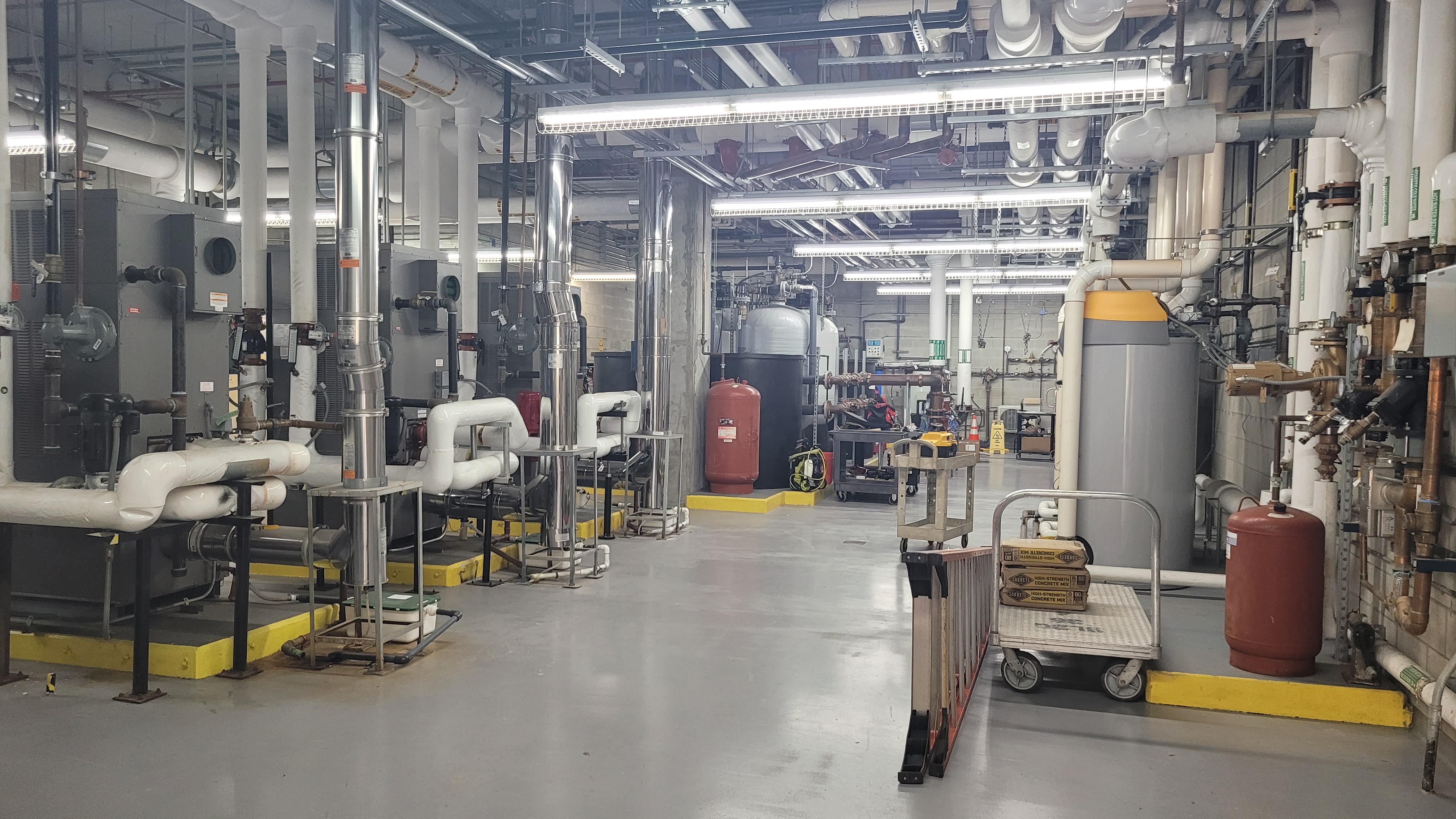
Steam Generation & Power
High-purity feedwater is critical to prevent corrosion, scaling, and system failure in power plants and steam boilers.
We maintain RO/DI systems and polishers for commercial boilers and energy applications — ensuring maximum efficiency, reduced chemical usage, and system longevity.

Pharmaceutical, Cannabis And Medical Manufacturing
Purity equals compliance. From GMP-grade water to clean-in-place (CIP) systems, our DI and RO system maintenance ensures your operation meets the strictest water quality standards for product safety, shelf life, and process integrity.

Hospitals & Dialysis Centers
Medical facilities depend on consistent ultrapure water for sterilization, instrument cleaning, and dialysis. We provide hospital-grade service with zero disruption to care.
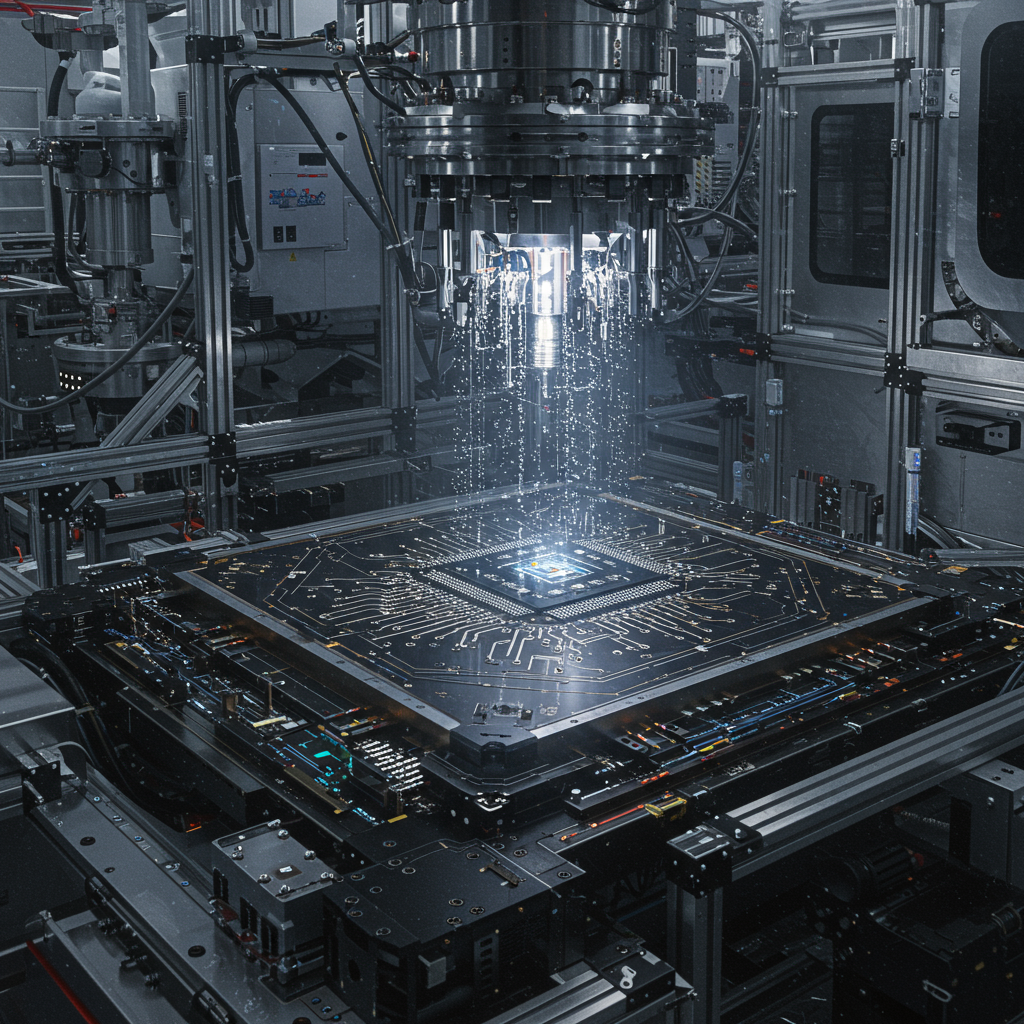
Semiconductor & Electronics Manufacturing
In high-precision electronics and wafer production, a single impurity can cause a failure. Our team services DI polishers, mixed beds, and RO stages delivering 18+ MΩ·cm water for fabrication and final rinse.
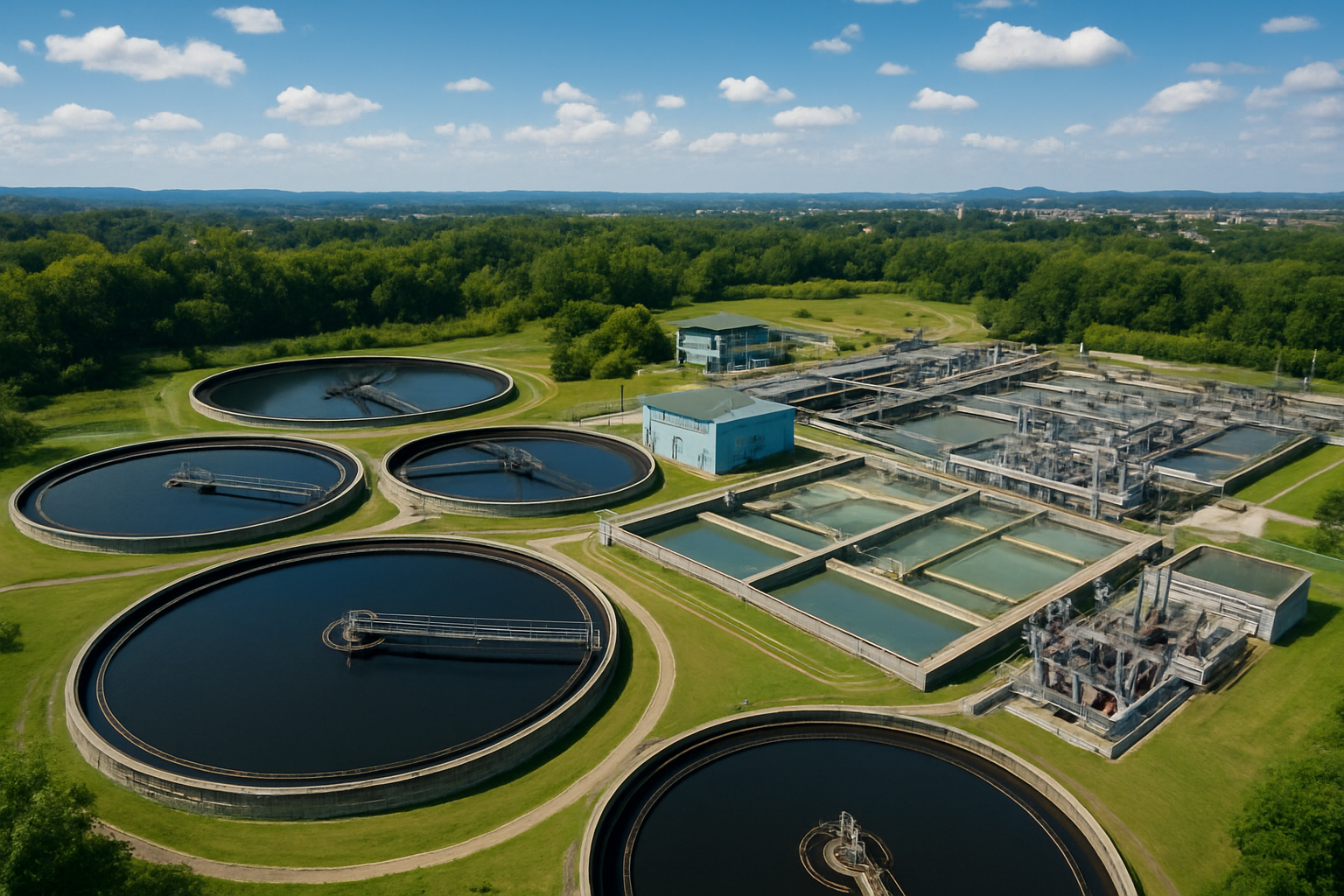
Municipal Water Utilities
Drinking water treatment and desalination
Brackish groundwater treatment
Surface water polishing
Regulatory compliance (SDWA, state standards)

Desalination
Coastal municipalities
Island communities and resorts
Industrial facilities in water-scarce regions
Emergency and disaster response
Caribbean and international projects

Agriculture & Aquaculture
Greenhouse irrigation water (low sodium)
Hydroponic systems
Aquaculture water conditioning
Livestock drinking water
Customers notice when your rinse water leaves behind mineral spots. We maintain high-performance DI and RO systems that deliver spot-free water — protecting your reputation, reducing complaints, and keeping your wash system efficient.
Our Reverse Osmosis System Sizes & Capabilities
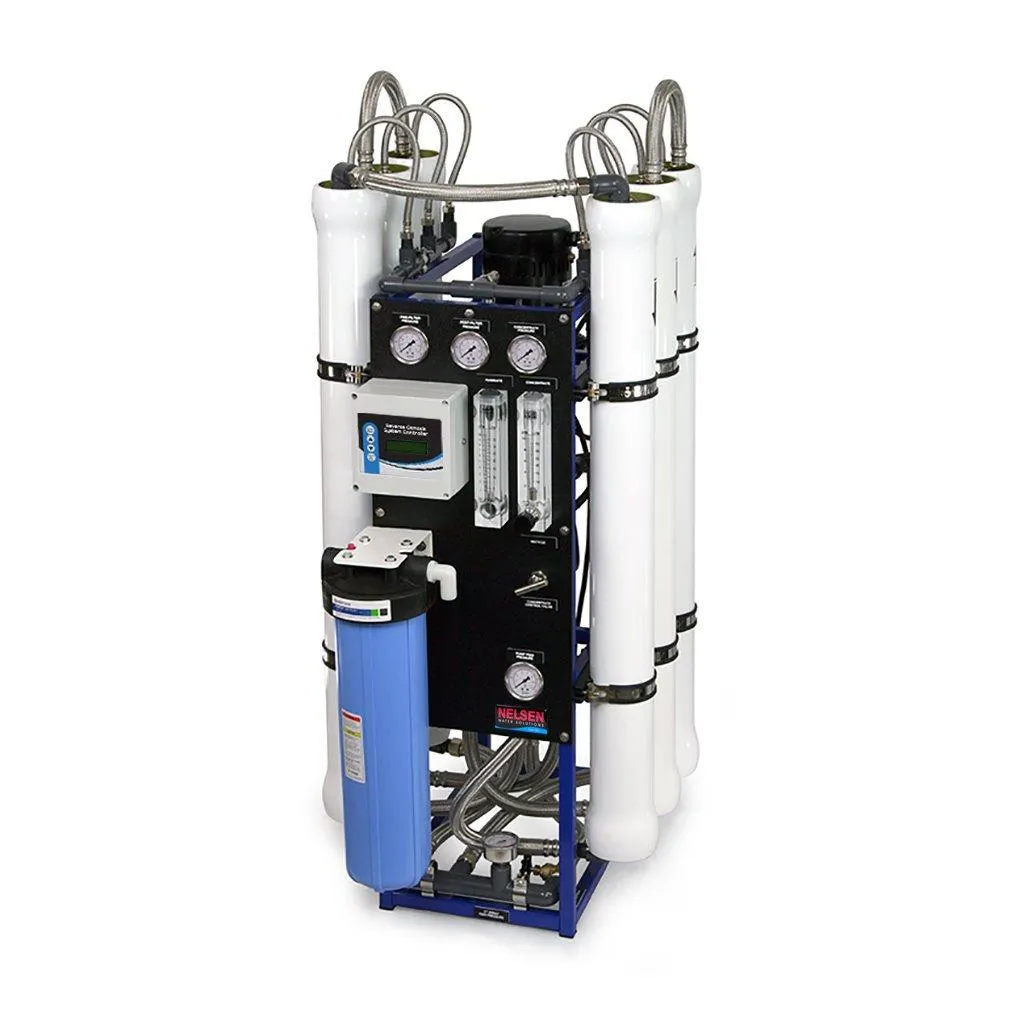
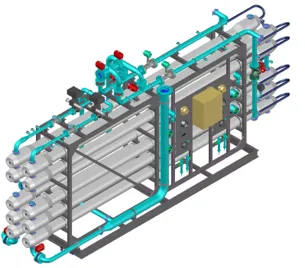
Small Commercial BWRO Systems (2,500 - 15,000 GPD)
Applications: Restaurants, hotels, small manufacturing, dialysis clinics, car washes
Compact footprint for mechanical rooms
Custom configurations for specific water chemistry
Pre-engineered packages available
Ships anywhere in the world
Medium Commercial/Industrial BWRO and SWRO
(15,000 - 175,000 GPD)
Applications: Large hotels/resorts, food processing, industrial process water, municipal wellfields
Skid-mounted, containerized or custom installations
Advanced controls and monitoring
CIP (clean-in-place) systems available
Containerized mobile systems available Learn More
Ships anywhere in the world in 40-foot ISO containers
Large Industrial & Municipal BWRO & SWRO
(175,000 - 1,000,000 GPD+)
Applications: Municipal desalination, power generation, large manufacturing, oil & gas
Custom-engineered for site-specific conditions
Remote monitoring and SCADA integration
Our Reverse Osmosis Engineering & Design Capabilities
Custom RO System Design for Any Application
Our mechanical engineering team designs reverse osmosis systems optimized for your specific water chemistry, flow requirements, and operational constraints. We don't sell off-the-shelf systems and hope they work—we engineer solutions.
Our Engineering Process:
Source Water Analysis: Comprehensive testing to identify contaminants, TDS, hardness, iron, organics, and fouling potential
Pretreatment Design:
Multimedia filtration, softening, or antiscalant dosing
Cartridge filtration specifications
Chemical conditioning systems
Membrane Selection: Choose membrane types based on rejection requirements and fouling resistance
Recovery Optimization: Balance water efficiency with concentrate disposal costs and scaling risk
System Configuration:
Single-pass vs two-pass systems
Staging and array design
Energy recovery devices for high-pressure systems
Cleaning-in-place (CIP) systems
Controls & Monitoring:
Automated startup/shutdown sequences
Real-time performance monitoring
Remote SCADA integration
Predictive maintenance alerts
Post-Treatment: pH adjustment, remineralization, disinfection, DI polishing
We Handle Every Detail:
P&IDs and process flow diagrams
Equipment specifications and procurement
Electrical and controls design
Structural and civil requirements
Permitting and regulatory compliance support


Carver Water Technology designs, installs, and maintains Brackish and Seawater RO systems ranging from small commercial units (2,500 GPD+) to large industrial and municipal systems (100,000+ GPD).
Our pre-designed Brackish Water RO units (BWRO) from 2,500 GPD to 15,000 GPD are for sale online now!
Our membrane expertise includes performance troubleshooting, cleaning protocols, and replacement strategies that maximize your investment.
Our same-day service in Tampa and across Florida ensures your Reverse Osmosis systems perform when you need them.
RO System Installation & Commissioning
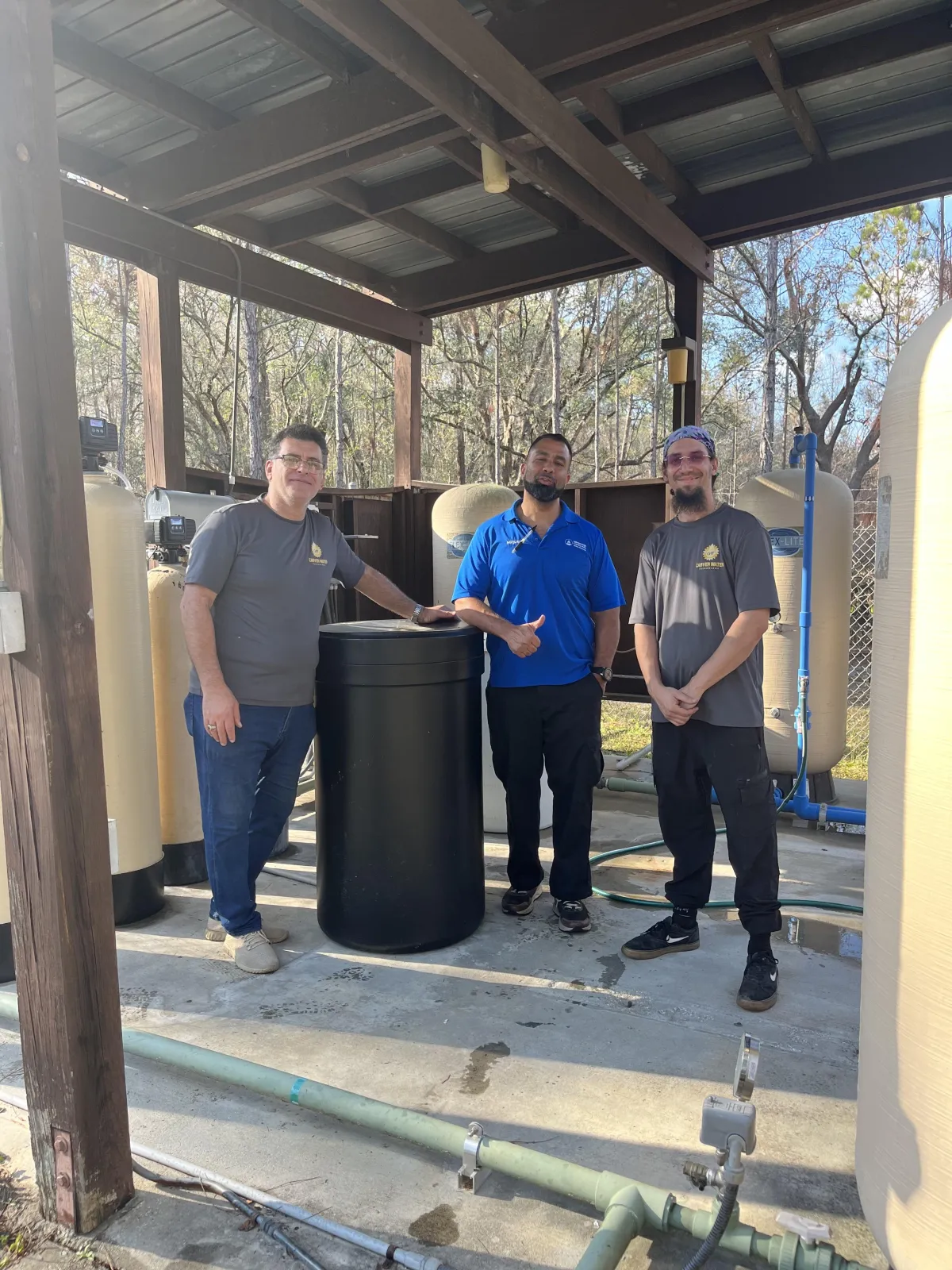
Professional Installation Services Across Florida
We don't just deliver equipment—we install, test, and commission systems to ensure they perform as designed from day one.
Installation Services Include:
Site preparation and equipment rigging
Piping, valving, and instrumentation installation
Electrical connections and control panel integration
Startup and performance testing
Operator training
Documentation and O&M manuals
Service Areas:
Tampa Bay & St. Petersburg
Orlando & Central Florida
Sarasota & Southwest Florida
Jacksonville & Northeast Florida
Miami & Southeast Florida
Serving all of Florida and beyond
RO System Operation & Maintenance
Keep Your RO System Running at Peak Performance
Reverse osmosis systems require professional maintenance to achieve design life and consistent water quality. Our preventive maintenance programs prevent costly failures and extend membrane life.
Comprehensive O&M Services:
Daily operations and process monitoring Learn more
Membrane cleaning (CIP procedures)
Membrane replacement and system optimization
Pretreatment maintenance (filter changes, softener service, chemical dosing)
Pump rebuilds and seal replacements
Instrumentation calibration
Performance trending and reporting
Emergency RO Repair:
24/7 emergency response across Tampa Bay and Central Florida
Same-day service in most areas
Membrane failure diagnostics
Pump and motor replacements
Control system troubleshooting
Spare parts inventory for critical components
Preventive Maintenance Programs:
Scheduled service visits
Membrane cleaning before performance declines
Consumables management (cartridges, chemicals)
Performance optimization
Regulatory compliance support
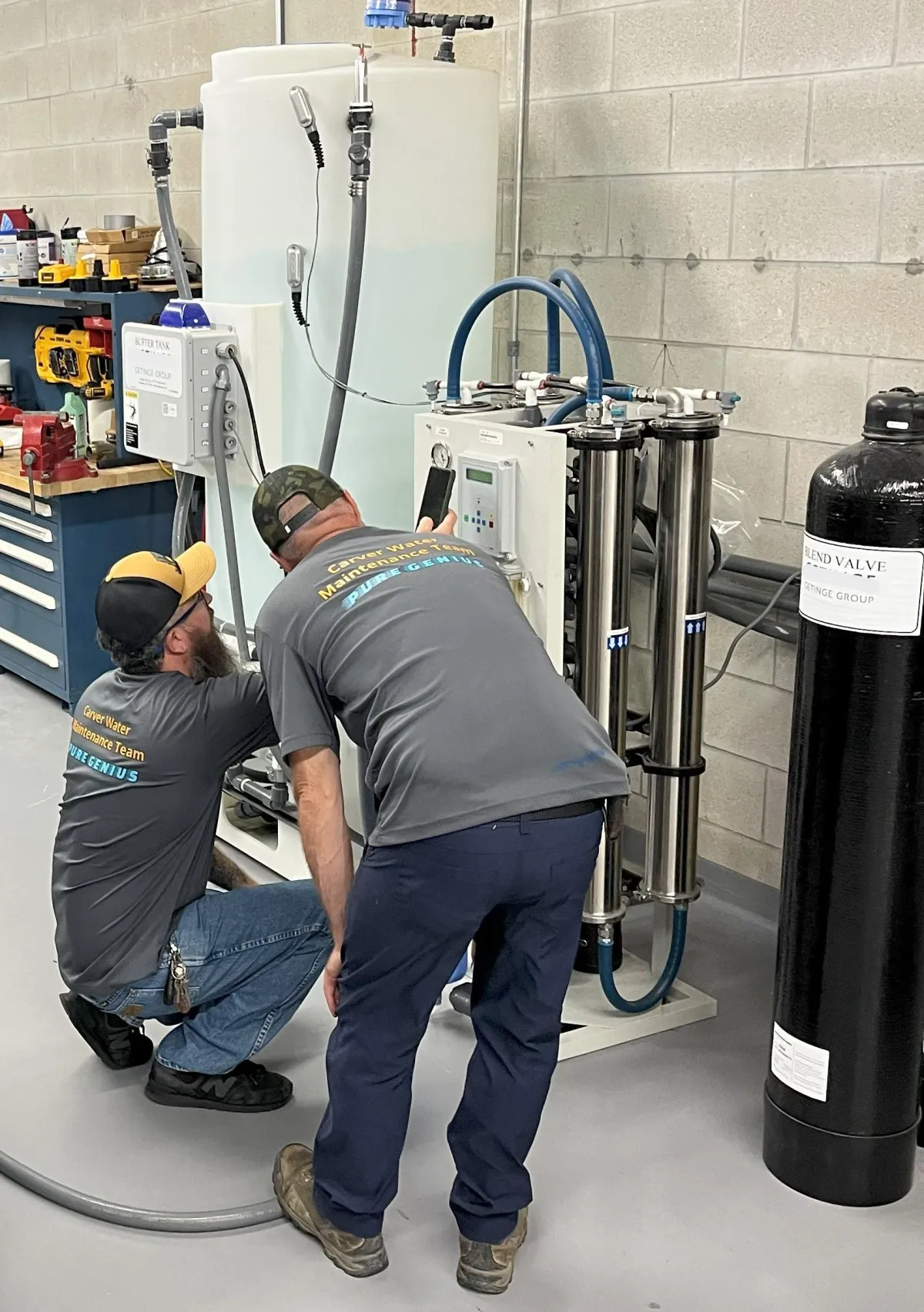
Our Same-Day
Service Area
Reverse Osmosis Systems Across Florida & Beyond
Primary Service Areas:
Tampa, St. Petersburg, Clearwater
Orlando, Kissimmee, Winter Park
Sarasota, Bradenton, Venice
Lakeland, Plant City, Winter Haven
Jacksonville, St. Augustine
Miami, Fort Lauderdale, West Palm Beach
Fort Myers, Naples, Cape Coral
Emergency Service: 24/7 across Central Florida
Global Shipping: Small RO systems (2,500+ GPD) and containerized systems (up to 144,000 GPD) ship worldwide
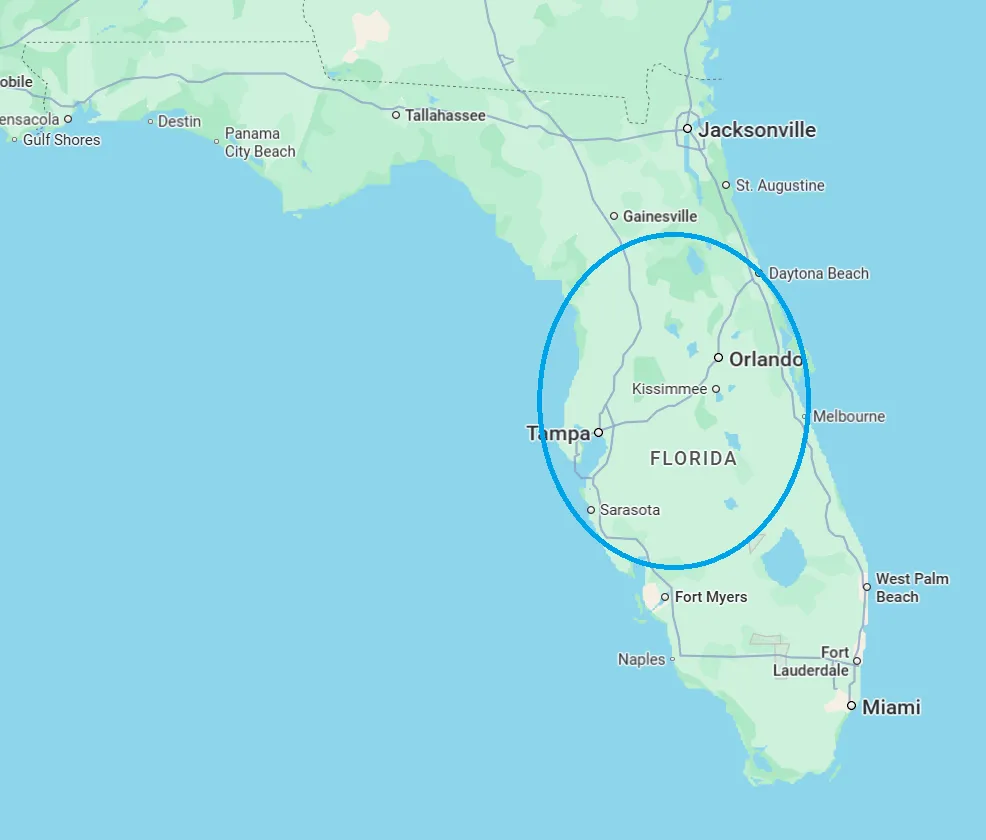
RO System Resources & Support
Knowledge Center:
(COMING SOON) RO maintenance best practices, troubleshooting guides, industry applications
Technical specifications and performance data
Case studies and project examples
Frequently Asked Questions
Q1: What exactly are PFAS and why are they called “forever chemicals”?
PFAS (Per- and Polyfluoroalkyl Substances) are a class of over 4,700 synthetic fluorinated compounds. Their key feature is a fluorine-carbon (C–F) bond, one of the strongest in chemistry, which makes PFAS highly resistant to heat, chemical breakdown, and environmental degradation. This durability means PFAS persist indefinitely in water, soil, and living organisms—hence the name “forever chemicals.”
Q2: Which PFAS compounds are regulated under the new EPA rules?
In 2024, the EPA finalized Maximum Contaminant Levels (MCLs) for several PFAS:
PFOA and PFOS: Set at 4 parts per trillion (ppt) each.
GenX (HFPO-DA) and PFBS: Regulated individually at higher ppt thresholds.
PFNA and PFHxS: Addressed in a combined hazard index approach.
These levels are extremely low, reflecting the toxicity of PFAS even in trace concentrations.
Utilities must monitor and treat water to meet these limits.
Q3: How do PFAS typically enter drinking water systems?
PFAS contamination occurs through several pathways:
Industrial discharges from manufacturing plants.
Wastewater treatment plant effluent, which returns PFAS-laden water to rivers.
Firefighting foam (AFFF) runoff from military bases and airports.
Landfill leachate and biosolids applied to agricultural fields.
Atmospheric deposition from PFAS released through factory emissions.
Once PFAS reach surface water or groundwater, they spread widely and infiltrate municipal supplies.
Q4: Which PFAS treatment technologies are most effective?
There is no single “perfect” technology, but leading options include:
Granular Activated Carbon (GAC): Effective for long-chain PFAS like PFOA and PFOS, but less efficient for short-chain compounds such as GenX.
Ion Exchange (IX): Strong-base anion resins can remove both long- and short-chain PFAS, but resin fouling and PFAS-concentrated brine disposal remain challenges.
Reverse Osmosis (RO) and Nanofiltration (NF): RO provides comprehensive removal of nearly all PFAS, while NF is more energy-efficient but less effective on short-chain PFAS. Both generate brine waste streams requiring careful disposal.
Advanced Oxidation Processes (AOP) and Electrochemical Oxidation: These methods can potentially degrade PFAS at the molecular level, but they are energy-intensive and still emerging technologies.
Carver Water often engineers integrated systems (e.g., GAC + RO + IX polishing) to balance cost, efficiency, and waste management.
Q5: What happens to PFAS after treatment—are they destroyed?
This depends on the method:
Adsorptive methods (GAC, IX): PFAS are captured in the media, which then becomes hazardous waste requiring regeneration or high-temperature incineration.
Membrane methods (RO, NF): PFAS are concentrated into a brine waste stream, typically 15–25% of the treated water volume. Brine disposal (deep well injection, evaporation ponds) is costly and tightly regulated.
Destructive methods (AOP, Electrochemical): Aim to break down PFAS into less harmful byproducts. However, incomplete degradation can lead to toxic intermediates, and these technologies are still under optimization.
Q6: How big is the PFAS treatment market?
According to Bluefield Research, U.S. utilities will spend over $3 billion annually by 2030 on PFAS remediation technologies. Drivers include:
-Growing public health awareness.
-New state and federal mandates under the Safe Drinking Water Act.
-Federal grants funding PFAS technology pilots.
-Legal liabilities faced by manufacturers and utilities.
This makes PFAS the next major challenge for U.S. water utilities.
Q7: What are the biggest challenges with PFAS compliance?
Ultra-low regulatory limits (parts per trillion) require highly sensitive monitoring and treatment.
Short-chain PFAS removal remains technically difficult.
Disposal of PFAS waste (spent media, brine) is costly and environmentally sensitive.
High operational costs for advanced technologies like RO and AOP.
Uncertainty around future regulation—EPA is expected to expand its list of regulated PFAS compounds.
Carver Water’s role is to help utilities choose the right mix of technologies, secure funding, and manage ongoing compliance.
👉 Still have questions?
We're Here To Help!
Not sure what size RO system you need or if reverse osmosis is the right solution? Schedule a free consultation with our engineering team.
We'll discuss:
Your water quality challenges
Flow requirements and usage patterns
Budget and timeline
Regulatory requirements
Maintenance capabilities
Next Steps:
Free water quality assessment
Custom system design and proposal
Transparent pricing with no hidden costs
Professional installation and commissioning
Ongoing support for system life

Innovation
Fresh, creative solutions.

Integrity
Honesty and transparency.

Excellence
Top-notch services.

FOLLOW US
COMPANY
CUSTOMER CARE
LEGAL
Copyright 2025. Carver Water . All Rights Reserved.
